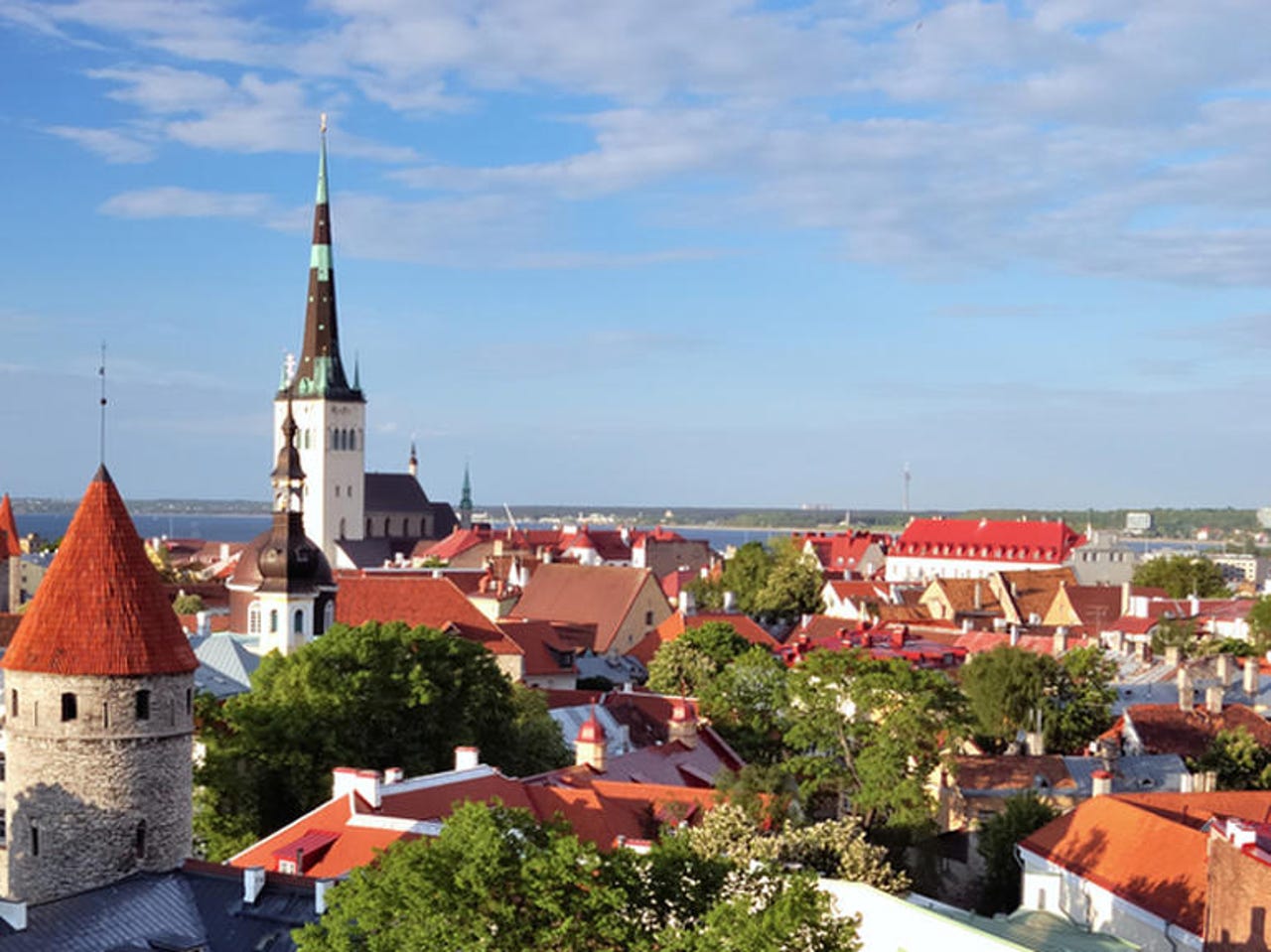If you think 4G's quick, Telia, Ericsson's 5G field tests show speeds '40 times faster'


Estonian capital Tallinn, along with Stockholm, now looks set to get Telia-Ericsson 5G services in 2018.
Swedish telecom provider Telia and networking firm Ericsson have completed field tests on what they say is Europe's first 5G trial system, clearing the way for customers in the Swedish and Estonian capitals of Stockholm and Tallinn to start using 5G services in 2018.
The trials in Kista, Sweden, ran 5G over a live network and included speed and latency tests, using 800MHz of spectrum in the 15GHz band.
During the tests, the firms say users got peak rates of 15Gbps with a latency below three milliseconds. Telia reckons that performance is more than 40 times faster than the current maximum speeds achievable on 4G.
5G is the term used to describe the fifth generation of wireless networks, which offer a higher capacity and cater for the huge growth in devices that need a mobile internet connection.
Telia's Estonian spokesman, Raigo Neudorf, said it is too early to say exactly how the 5G services will be provided in Tallinn in 2018.
"Obviously, the network won't be covering the whole country or the whole city. But we are planning to demo the possible solutions and fields of use of 5G and also network and customer devices," he said.
He added that although he couldn't yet reveal the size of investments that are going to be made in the 5G service, it is clear that every new generation of technology will be more expensive than the previous one.
"Presumably, we'll have a large number of small and 'invisible' base stations for 5G in the cities," he said.
"Our partner Ericsson has already developed 5G devices which in the laboratory conditions have shown speeds over 20Gbps. So, both Telia and Ericsson are rapidly working on development."
Estonia has a tradition of being in the front rank when it comes to the new mobile technologies. 4G was first introduced in Estonia in December 2010, when Telia's local subsidiary EMT, later rebranded to Telia Estonia, rolled out its LTE network. It was only the 11th such network in the world at the time.
By the end of summer 2014, all three local mobile operators, EMT, Elisa, and Tele2 Estonia, had each covered at least 95 percent of the country with their respective 4G networks.
Estonia's ministry of economic affairs and communications has previously announced a plan to open up the 700MHz spectrum for 5G in summer 2017.
"700MHz would be an important step for fast data communications, especially in rural areas, as it enables us to cover areas with low population density," Neudorf said.
"The faster data connection of 5G provides us a lot of opportunities that 4G doesn't. In the past few years, we've witnessed a great increase in video usage on the internet. This trend will continue and 5G should enable bigger and better-quality streaming, which could bring 360-degree and 4K quality videos to users."
He said 5G also has a role in speeding up development in the IoT field, where its lower latency opens up applications in areas such as autonomous motoring and remote medicine.
"It's important that the machines get the information and orders without a delay. It's predicted that billions of devices will be connected to the internet in the next few years, so it's clear that current 4G networks can't manage to service these volumes," Neudorf said.
MORE ON 5G
- Vodafone Australia and Nokia attain 5Gbps speeds in 5G showcase
- ACMA eyes 5G, IoT, dynamic spectrum sharing as 2017 issues
- Optus and Nokia announce 5G collaboration
- Global automotive, ICT vendors form cross-industry 5G group
- Samsung, Mobile TeleSystems join forces in IoT, 5G research push
- TechRepublic: 5G connectivity means big changes for business and consumers. Here's a look ahead at some of them.
- CNET: Japan enlists Huawei and ZTE to help win the race for 5G, report says